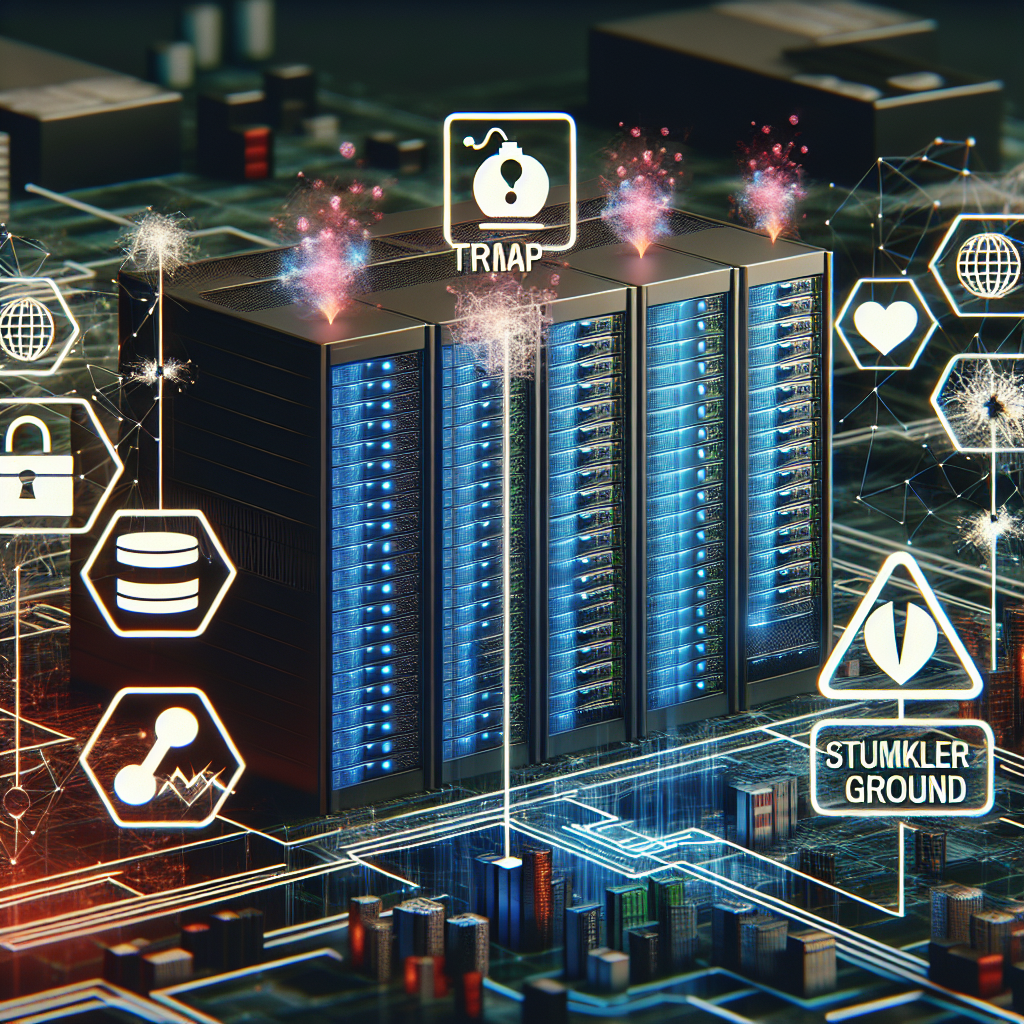Fix today. Protect forever.
Secure your devices with the #1 malware removal and protection software
Data centers are the backbone of modern businesses, housing critical infrastructure and data that keeps operations running smoothly. However, managing a data center throughout its lifecycle can be a complex and challenging task. From designing and building a new facility to maintaining and upgrading existing ones, there are many potential pitfalls that can derail the success of a data center. In this article, we will explore some common mistakes in data center lifecycle management and provide tips on how to avoid them.
1. Inadequate Planning and Design
One of the biggest mistakes in data center lifecycle management is not investing enough time and resources in the initial planning and design phase. A well-planned data center should take into account factors such as power and cooling requirements, redundancy, scalability, and future growth. Failure to properly plan and design a data center can lead to inefficiencies, increased costs, and potential downtime in the long run.
To avoid this pitfall, it is essential to work with experienced professionals and consultants during the planning and design phase. Conduct a thorough assessment of your current and future needs, consider industry best practices, and invest in scalable and flexible infrastructure that can adapt to changing business requirements.
2. Lack of Monitoring and Maintenance
Another common mistake in data center lifecycle management is neglecting regular monitoring and maintenance of critical systems. Data centers are complex environments with multiple components that require ongoing monitoring and upkeep to ensure optimal performance and reliability. Failure to conduct routine maintenance can lead to equipment failures, downtime, and costly repairs.
To prevent this mistake, develop a comprehensive maintenance schedule that includes regular inspections, testing, and preventive maintenance of key systems such as cooling, power distribution, and security. Invest in monitoring tools and software that can provide real-time alerts and insights into the health and performance of your data center infrastructure.
3. Poor Change Management Practices
Implementing changes in a data center environment can be risky if not done properly. Poor change management practices, such as making unauthorized changes or failing to document and communicate changes effectively, can lead to disruptions, outages, and security vulnerabilities.
To avoid this pitfall, establish clear change management processes and protocols that define roles and responsibilities, approval procedures, and documentation requirements for all changes in the data center. Implement a formal change control system that tracks and manages all changes, and conduct thorough testing and validation before implementing any changes in the production environment.
4. Ignoring Security and Compliance
Data centers store sensitive information and critical applications that must be protected from security threats and regulatory compliance requirements. Ignoring security and compliance considerations in data center lifecycle management can expose your organization to data breaches, legal liabilities, and reputational damage.
To mitigate this risk, implement robust security measures such as access controls, encryption, firewalls, and intrusion detection systems to safeguard your data center infrastructure. Stay informed about industry regulations and standards, such as GDPR and HIPAA, and ensure that your data center operations comply with relevant requirements.
In conclusion, avoiding common mistakes in data center lifecycle management requires careful planning, proactive monitoring, effective change management, and a strong focus on security and compliance. By addressing these key areas and implementing best practices, organizations can optimize the performance, reliability, and efficiency of their data center operations throughout the lifecycle. Remember that proper management of a data center requires ongoing attention and investment to ensure its success in supporting the needs of the business.
Fix today. Protect forever.
Secure your devices with the #1 malware removal and protection software

Leave a Reply
You must be logged in to post a comment.